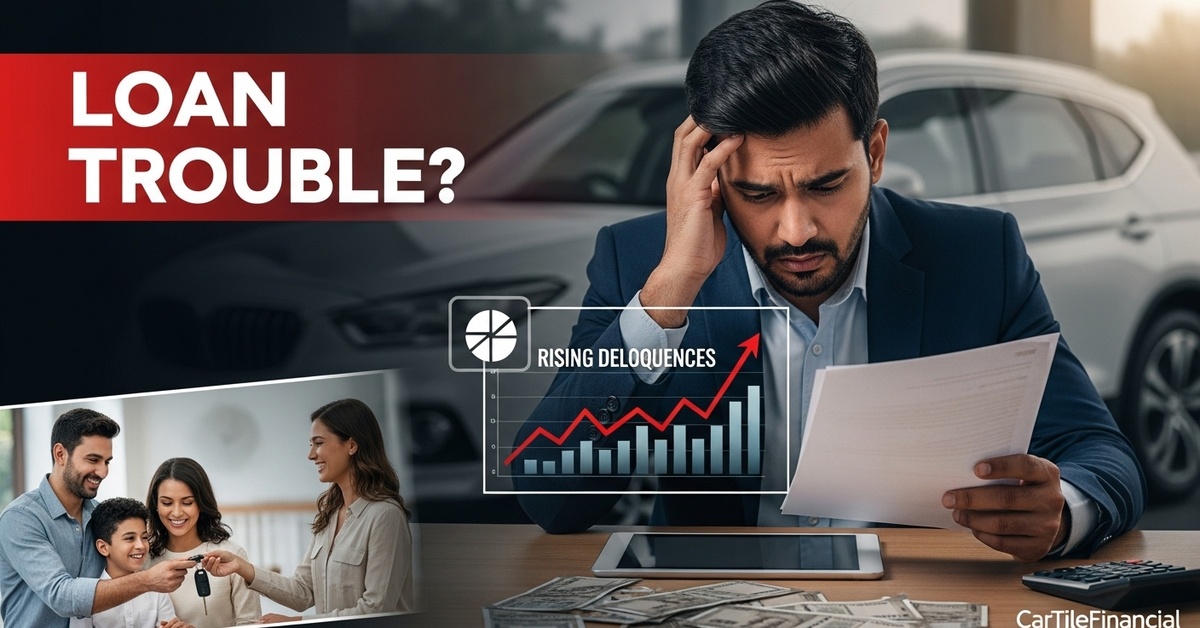Car loan payments are hitting many people hard right now. New reports show a troubling trend. Auto loan delinquencies just jumped by a massive 50%. This means many more car owners are falling behind on their payments. This big increase happens as car prices reach new record highs.
It’s tough for budgets. Many factors contribute to this rise. High interest rates make borrowing expensive. Everyday costs like food and rent are also up. So, people have less money left for car payments. This financial squeeze is impacting families nationwide.
Think about your own car payment. Is it getting harder to manage? You are not alone. This latest data points to a widespread issue. It affects many hardworking Americans.
Skyrocketing Car Costs and Loan Struggles
Cars cost more than ever before. New cars are often priced above $48,000. Used cars are also very expensive. These high prices mean bigger loans. Buyers need to borrow more money. This results in much larger monthly payments.
Interest rates add to the problem. The Federal Reserve raised rates often. This makes all loans more costly. So, car buyers face a double whammy. They pay more for the car itself. They also pay more in interest.
Many people took out longer loans. Some loans stretch out for 72 months or even 84 months. This helps lower monthly payments at first. But it means paying more interest over time. It also keeps people in debt longer. This approach can hide the true cost of the car.
Consumers are feeling the pressure. Their budgets are very tight. Some simply cannot keep up. These overdue payments are called delinquencies. A delinquency means you are behind on your bill. We are seeing a sharp rise in these late payments. Delinquencies for 60 days or more late show a serious problem.
This trend is very concerning for the economy. It shows that many consumers are struggling. They might have trouble paying other bills too. This can impact overall consumer spending. It also signals stress in the financial system.
Who is Most Affected and What Happens Next?
People with lower credit scores face the biggest challenge. These are often called subprime borrowers. They typically get higher interest rates. So, their car payments are already very large. This group is feeling the most pain. They are most likely to fall behind on their loans.
Younger car buyers also struggle. They often have less savings. They may also have thinner credit histories. This makes it harder for them to get good loan terms. They are also taking on big car loans. This puts a heavy burden on their finances.
What happens when people cannot pay? Cars get repossessed. This means the lender takes the car back. Repossessions are now on the rise. This is a tough outcome for car owners. Losing a car can make daily life much harder. It impacts jobs and family needs.
Lenders are also getting stricter. Banks are becoming more careful. They are tightening their loan rules. It is harder to get a car loan now. Lenders want to avoid risky loans. This could make buying a car even tougher for you. You might need a bigger down payment. Or you might get a higher interest rate.
This situation shows a clear shift. The easy car financing of the past is gone. Buyers need to be very careful. Check your budget closely before buying. Make sure you can truly afford the payments. Consider all costs, not just the monthly sum.
For more data on consumer credit, you can visit the Federal Reserve Bank of New York’s Household Debt and Credit Report. You can also find current information on car prices from sites like Edmunds’ average new car price report.
This trend is a warning sign. It shows financial stress for many. Keep a close eye on your own budget. Make wise choices for your next car purchase. The car market is changing fast.










